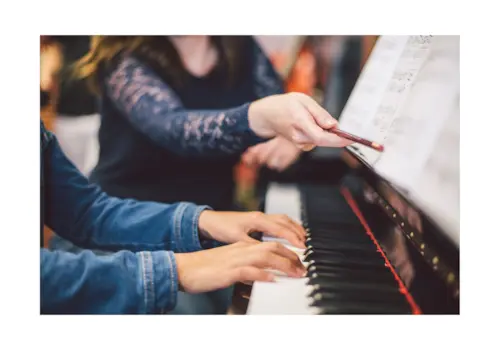Piano teachers Tim Stein and Graham Fitch talk through their tips for piano fingering – for both beginner and intermediate pianists
If you're struggling to reach certain notes, or having difficulties stringing a passage together despite practising it over and over again, it might be because you aren't using the best fingering.
Good piano fingering can make the difference between a good performance and a great performance. It can also help you to avoid unnecessary injuries.
Let's get you into the habit of using correct piano fingering!
Check out our lessons below.
Keep practising ❤
The basics of piano fingering for beginners
In lesson one, Tim Stein walks you through finger numbers and easy fingering tricks.
Scales and arpeggios piano fingering for beginners
Another great beginner's lesson from Tim, this time focusing on fingering for scales and arpeggios.
Piano fingering for intermediates – Part 1
Graham Fitch talks through piano fingering basics for intermediate players, and explains why it's important to stick with the fingering you've picked once you've decided upon it.
This lesson compliments his article inside issue 102 of Pianist.
Piano fingering for intermediates – Part 2
Graham continues his lesson on fingering, and talks about how a composer's fingering notations aren't definite; we are free to alter them.
This lesson compliments his article inside issue 102 of Pianist.
Piano fingering for intermediates – Part 3
Graham rounds up his three-part lesson on fingering by offering some tips on redistribution between hands.
The lesson complements his full-length article inside issue 104 of Pianist.
Scales and arpeggios piano fingering for intermediates
Graham walks you through the principles of fingering for scales, chords, octaves and trills.
This lesson accompanies his written masterclass inside issue 103 of Pianist.
Continue your practice by working your way through our beginner, intermediate, advanced and jazz lessons.







